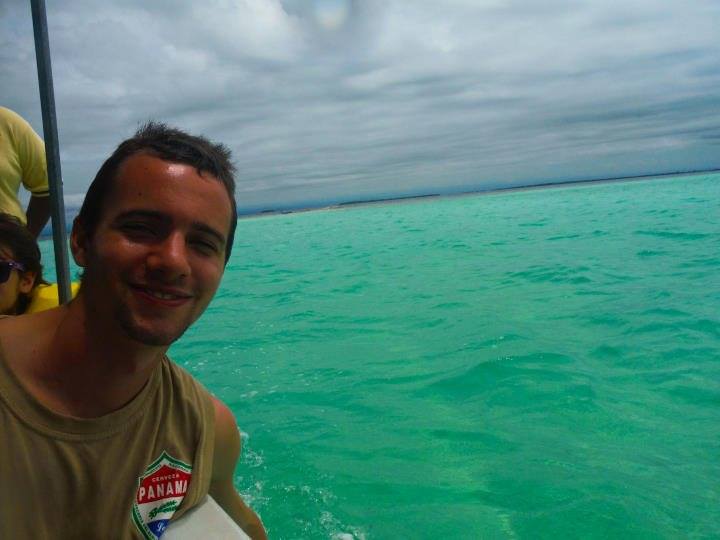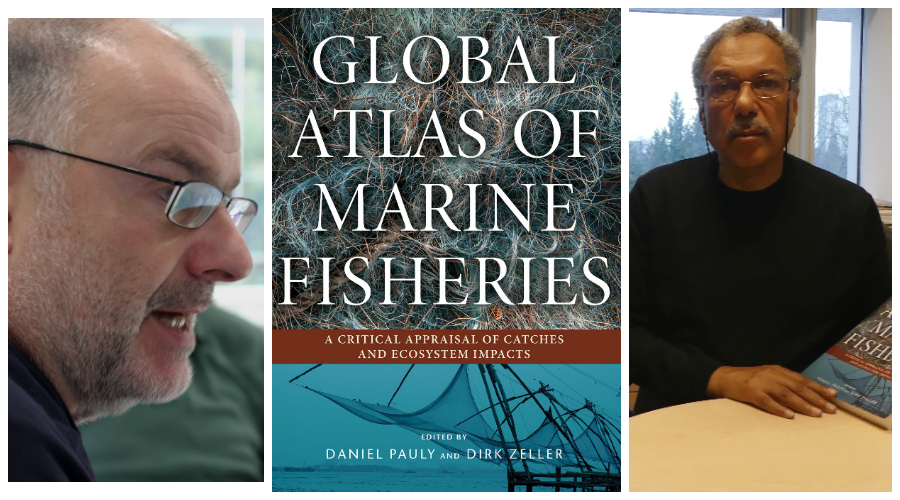On March 11, 2017, the Sea Around Us Principal Investigator Daniel Pauly attended the international symposium “Drivers of Dynamics of Small Pelagic Fish Resources,” organized by the International Council for the Exploration of the Sea and the North Pacific Marine Science Organization in Victoria, B.C.
During a lecture in front of the “Remote sensing and ecology of small pelagics” Working Group, Dr. Pauly presented a paper “Mapping small pelagics, fisheries and the primary production they require,” which he co-authored with the Sea Around Us Senior Scientist Dr. Maria Lourdes Palomares.




